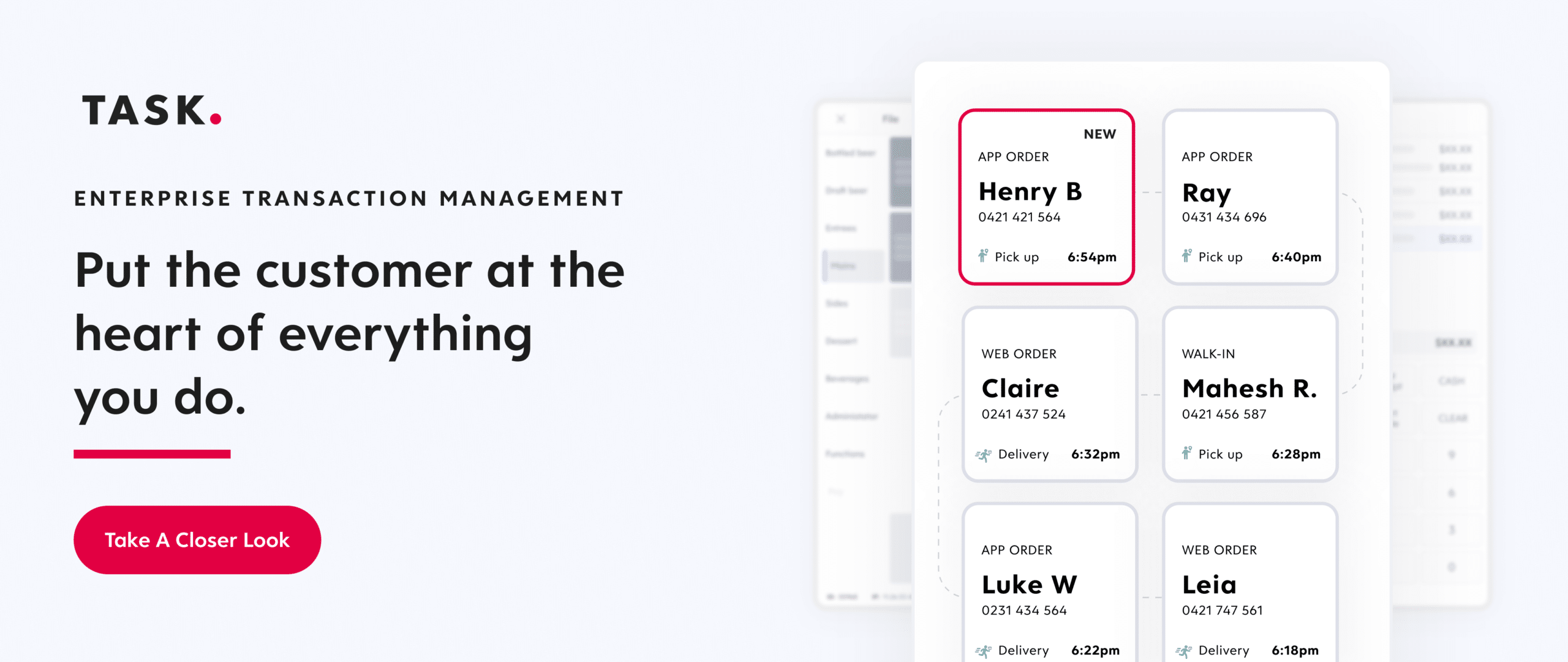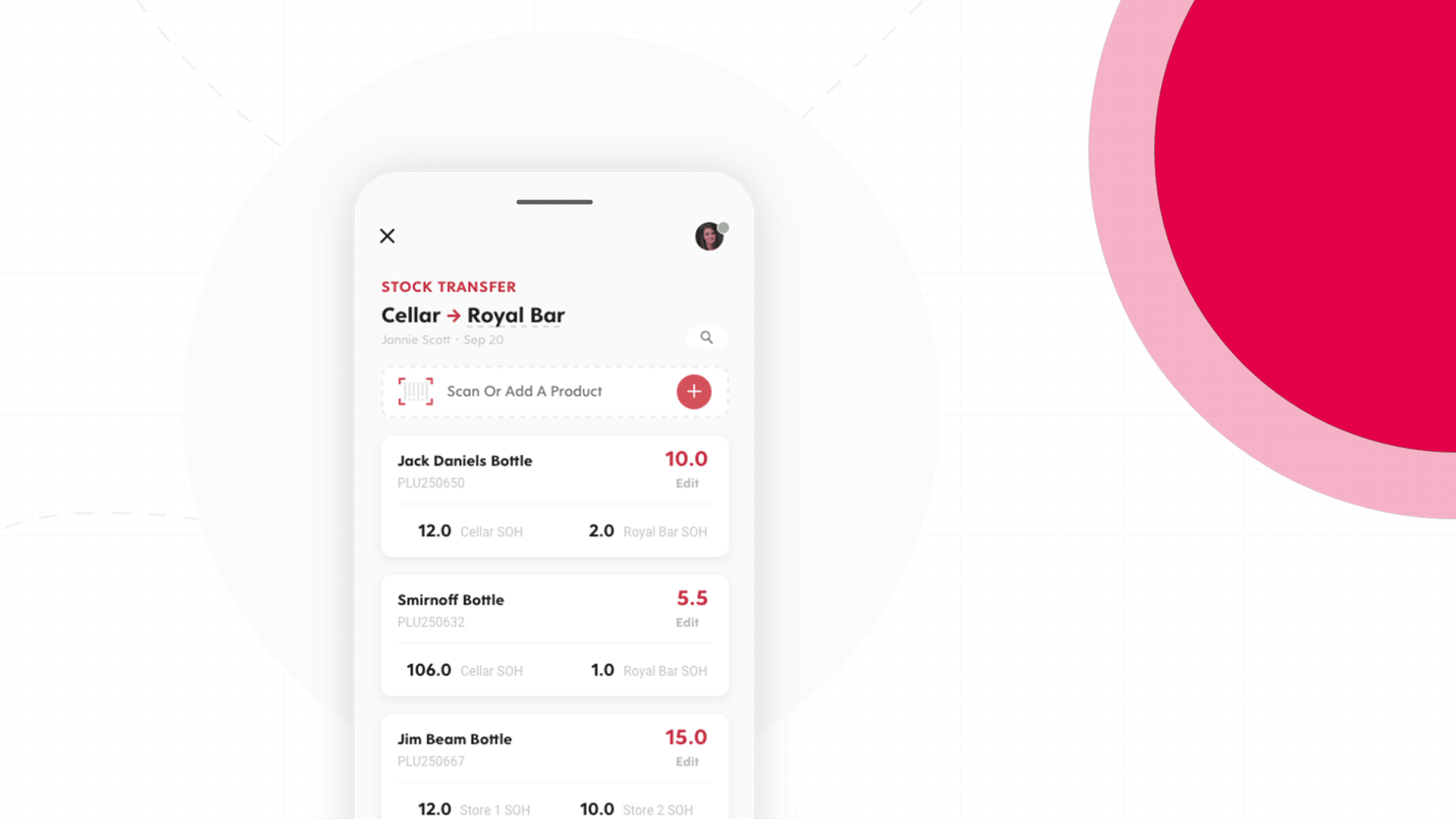Rising and constantly shifting food costs are becoming an increasing problem for restaurant businesses – making it difficult to keep overheads low and profits consistent. The answer for many restaurants is to turn to intuitive restaurant inventory management technology – here’s why.
Restaurant Inventory Management – A Primer
When it comes to running a hospitality business in today’s competitive marketplace, reducing overhead business costs has never been more important.
A restaurant inventory management system (RIM) is designed to help automate inventory tracking, making it easier to reduce waste, make smarter purchasing decisions, and save time.
This kind of software is quickly replacing old-fashioned manual methods or using an inventory consumption spreadsheet. This comes as 75 percent of US restaurants say they struggle to turn a profit specifically because of rising food costs. With restaurant inventory management technology, those restaurants can cut down on wasted food, stolen inventory, and economically-inefficient menu items.
If your business is on the verge of becoming part of the 75 percent, then it might be time to explore the benefits of using a digital RIM system.
Costing recipes
One of the most common inconsistencies that restaurants face is in how they price different menu items. Too often, business owners cost certain menu items based on how much it feels like it should be worth, and not on the actual investment required to source and prepare ingredients.
RIM systems help ensure that food items are appropriately priced by automatically tracking the cost of ingredients against the cost of goods sold, while also considering the amount of sitting inventory. Furthermore, it helps managers know exactly when to upsell certain items or offer promotions.
Say you have twelve steaks in your inventory that will reach their expiry in three days, but you already know that your predicted number of steak meal sales over those days of the week is only six. A RIM system is smart enough to track all of those food inventory details, to a highly accurate degree in real-time – and help you prevent unnecessary food waste.
Of course, that kind of decision might be made anyway at a small restaurant with a detail-oriented head chef. However, a RIM system makes it possible to operate at fifty times the scale, across all menu items, and taking food cost changes into consideration.
“What this technology offers is total enterprise control – having the tools to build recipes that are flexible to changing costs, and then having that direct link between real-time stock price changes and menu control,” says Trevor Dee, TASK’s Vice President of Business Development in the US.
Make Data-Driven Decisions with a Transaction Management Platform
A digital transaction management platform streamlines business operations for hospitality businesses, saving money and time.
Engineer your menu on a daily basis
It’s a changing world for restaurant businesses, with constant price fluctuations making it difficult to manage cash flow and track profitability shifts for menu items.
The recent economic downturn shows that 85 percent of restaurants are less profitable now than they were in 2019. To stay afloat, businesses need to consider making small, constant adjustments to their pricing, menu choices, and offers. That’s where best practice for restaurant inventory management comes in – it provides a data-driven approach to managing these daily and weekly insights.
Engineering your menu involves looking at how the costs of producing a meal compare to the overall profit your restaurant will gain from selling it. To respond to changing prices daily, this process may involve:
- Reviewing menu items or prices daily
- Substituting ingredients to save costs
- Overriding menu items that are no longer profitable
- Adjusting promotions based on current stock and profitability
This key benefit of restaurant inventory software relies on using it regularly to make more informed, timely decisions about your menu and your pricing.
SPEEDBUMP: Leverage real-time data using Restaurant Inventory Management
Take advantage of seamless tech integration to make strategic menu decisions.
Cost Control
One of the most common questions restaurant businesses have about stock is simply How much sitting inventory should you have at any given time?
The answer will depend on the size and output of your business, whether it’s a busy or quiet time of year, and other sales factors specific to your restaurant. In general, restaurants typically aim to have 5-7 days’ worth of inventory at all times and receive one or two deliveries per week.
Using restaurant inventory management, however, restaurants can leverage their sales data to forecast food demand, and make more accurate decisions about the inventory count needed for a particular week or time of year.
Many restaurants, for example, know how much to stock over their busiest summer months, and what their low winter month stock should look like. However, they struggle to predict capacity and needs over their shoulder seasons. Restaurant inventory management is a game changer for these situations, as it combines information from across the business to anticipate those seasonal sales shifts.
Ultimately, this helps businesses make smarter, more cost-efficient decisions about inventory, saving time and expense.
Reduce Errors
RIM technology also helps reduce human error when it comes to tracking inventory and placing orders. Because the digital tool is based on data, it considers business operations from a holistic perspective, accounting for all factors – from sales data to current stock levels to rising costs for ingredients.
What this means for staff is that using the right inventory management system eliminates some of the stress and responsibility associated with ordering, forecasting needs, and manually comparing ingredient prices.
Ghost Kitchens: The $43 Billion Restaurant Segment Designed for Takeout and Delivery
TASK used news coverage and insights from the industry trade group Hospitality Technology and the National Retail Federation to explore the concept and growth of ghost kitchens in recent years.
Minimize Food Waste
Statistics show that nearly 10 percent of restaurant food purchases never even reach a customer’s plate. This happens because restaurants that do not appropriately count inventory or manage expiry dates are prone to over-ordering and typically struggle to market the right menu items at the right time.
RIM systems help reduce this churn, helping businesses both save costs and improve their sustainability. They do this by:
- Pinpointing items that require rapid rotation, based on their level of freshness
- Automating the ordering process based on previous data and stock needs
- Identifying anomalies in inventory levels, food usage, and sales data
Rather than making trial-and-error changes to your ordering process, technology allows you to strategically approach ordering, usage, and menu alterations.
Meet customer demand for better service
“There’s a common misconception that RIM software is purely about cost-saving – but really that’s only the tip of the iceberg in what this technology can do for the restaurant industry,” says Trevor.
The real benefits, he explains, extend out to your staff and your customer experience. “Restaurant inventory management integrates with every component of your business. What that means in practice is that the brand new teenage employee working the front counter POS system doesn’t have all these responsibilities hanging on their shoulders. Instead, they have access to a single, intuitive ordering program that tells you everything you need to know about every menu item – from allergens and add-ons to pricing and alterations.”
The result is that customers receive better, more consistent service at every touchpoint, and staff are able to provide accurate, real-time information without added stress or confusion.
Increase Profitability
Because RIM systems track everything, businesses can get more profit out of their food inventory. Less food waste, targeted menu promotions, and daily re-evaluation of pricing and items help restaurants quickly and efficiently make strategic business decisions about what they’re selling, what they’re ordering, and when to instigate promotions.
Take the leap with effective inventory management tools
Investing in a new piece – or a new full stack – of technology may seem daunting. However, the benefits of taking a data-based approach to business will not only increase your profits but also set you up for long-term success in a quickly changing market.
Choosing the right provider is essential, as Trevor explains, “Many food inventory management systems out there actually become a pain point, which is why it’s important to work with a partner who understands the hospitality industry inside and out.”
The inventory software from TASK is intuitively designed to integrate with your entire POS system and function with usability and efficiency in mind. The key reporting tools include:
- Recipe Engineering
- Invoicing
- Purchasing
- Stocktaking
- Forecasting
- Reporting
Ultimately, restaurant inventory management technology is an essential next step for food businesses that want to reduce their overhead costs, improve their customer experience, and make smarter decisions about their offerings.

